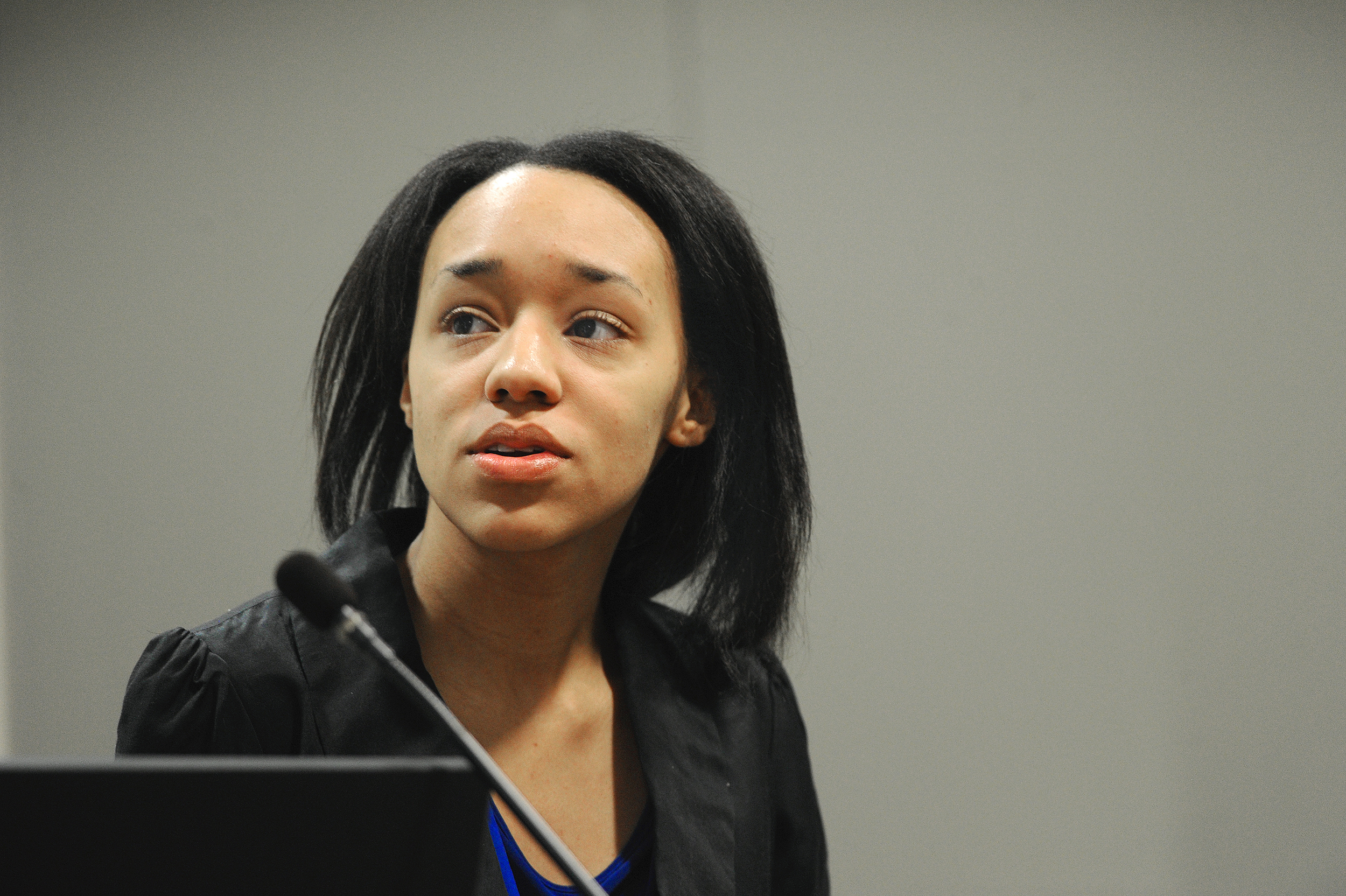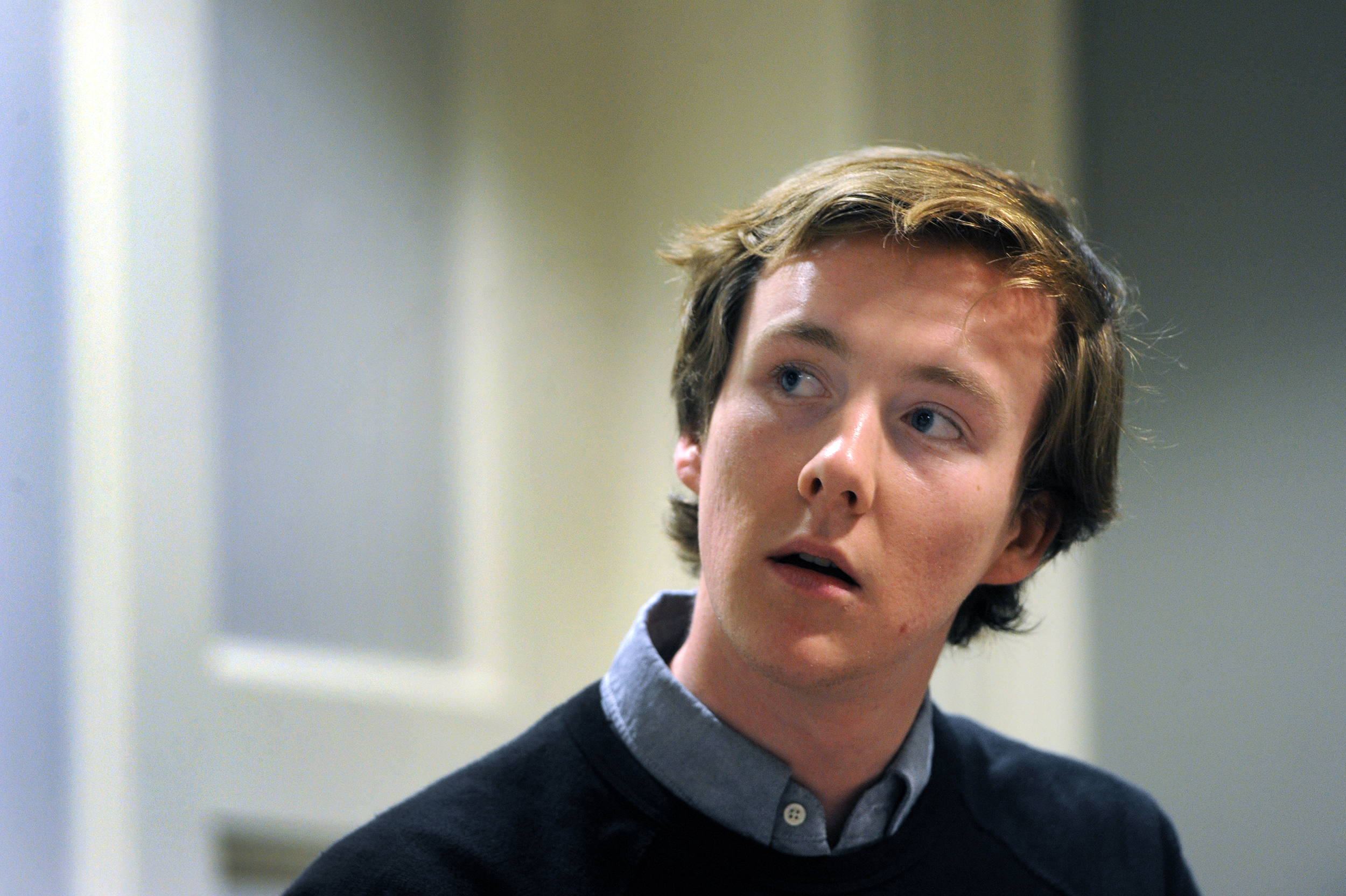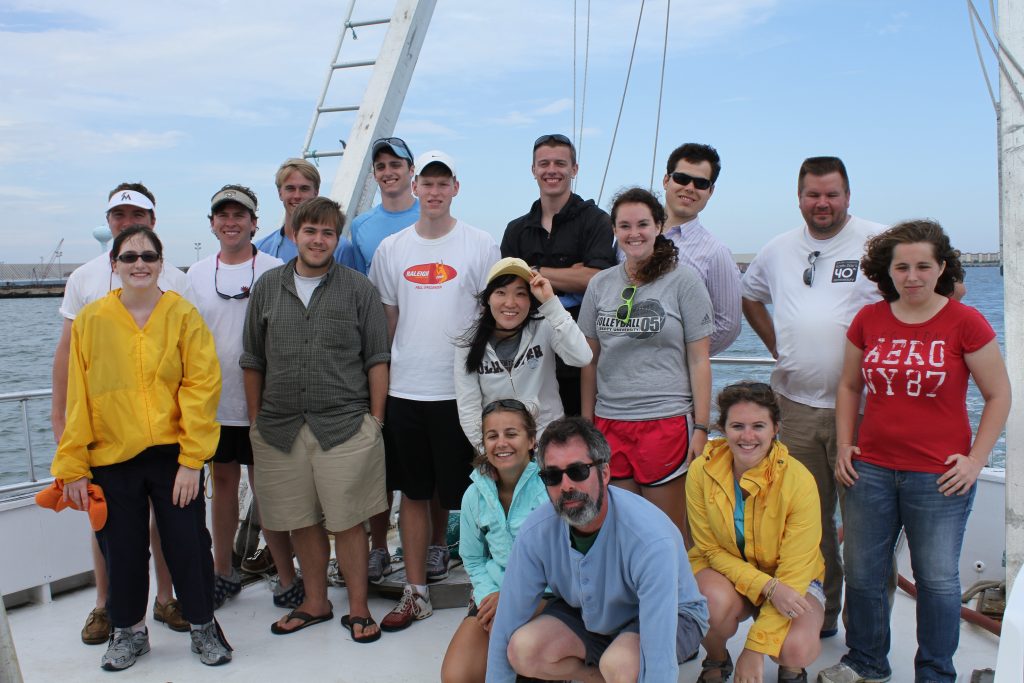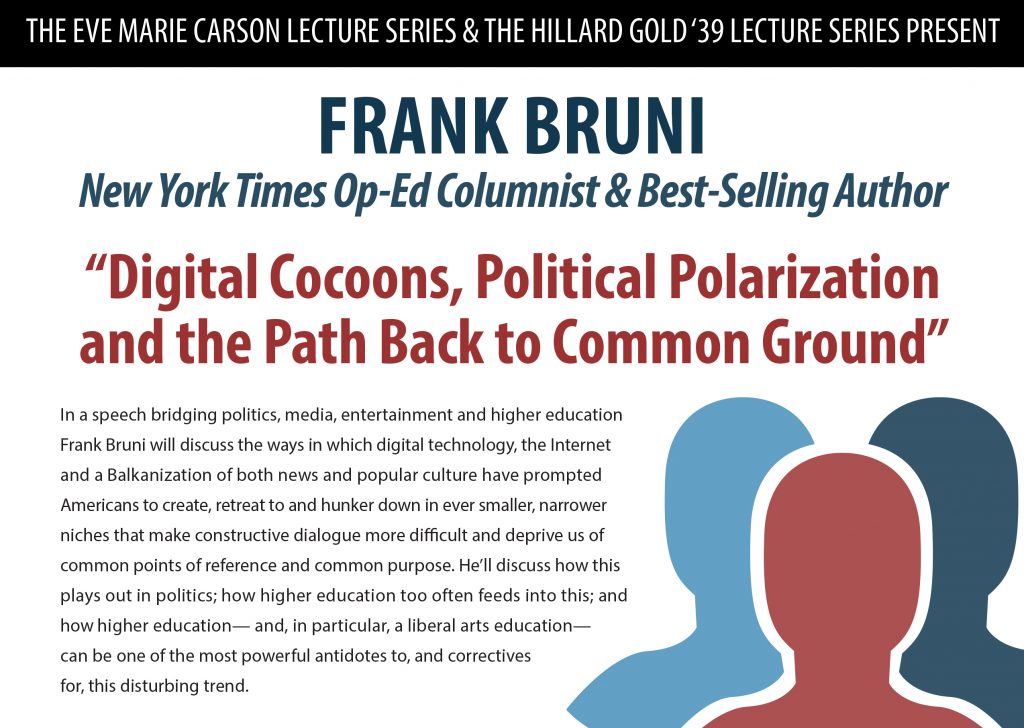
When Olivia Dorsey began her undergraduate studies at Carolina, she had no prior experience in conducting interviews. She began taking courses in the department of African, African American and Diaspora Studies (AAAD), which sparked her interest in history. This inspired her to spend time last summer in a small North Carolina mountain community, researching and documenting the heritage of local African American families, including her own. She recorded interviews, digitized historic photos and created a website to share these resources with the community and the world.
Watch a video about Dorsey’s work in Franklin, N.C.
Dorsey was one of 10 Carolina students whose original research was featured at the inaugural McCain African and Diaspora Student Undergraduate Research Conference held Feb. 28-March 1. The conference was initiated by AAAD Department Chair Eunice Sahle, led by Senior Lecturer Tim McMillan and an interdisciplinary faculty committee, and supported by a gift from alumnus Wendell McCain.
Alumnus Herman L. Bennett, professor of history at City University of New York’s Graduate Center, presented the keynote Dunbar/Stone Annual Lecture. Bennett talked about his own work, the importance of research, and the influence of UNC faculty in African and African American studies. He graduated from Carolina in 1986 with highest honors and a double major in history and Afro-American studies. He has a Ph.D. in Latin American history from Duke University.
Creating knowledge, learning transferable skills
Donna Bickford, associate director of the Office for Undergraduate Research, told conference attendees that engaging in research helps students move from being consumers of knowledge to becoming producers of knowledge.
“You develop new tools and new ways of thinking,” Bickford said, noting that such skills are transferable to multiple contexts and careers.
The conference featured three panels of student researchers. Discussants included AAAD faculty members Reginald Hildebrand, Margaret Lee and Bereket Selassie.
Jonathan Hartlyn, senior associate dean for the social sciences and global programs, concluded the conference, congratulating the student researchers and stressing the importance of AAAD faculty and students to the College of Arts and Sciences and the University.
Bruce A. Cairns, the John Stackhouse Distinguished Professor of Surgery/Microbiology and Immunology and director of the N.C. Jaycee Burn Center, said he was very impressed with the student researchers.
“Each talk was compelling and addressed important issues in North Carolina and across the globe,” he said afterwards. “This conference reflects what the AAAD department is really all about, past, present and future. Truly a Carolina treasure.”
Engaged scholarship
Dorsey’s research began last June when she traveled to Franklin, N.C., with funding from a Summer Undergraduate Research Fellowship (SURF) through the Office for Undergraduate Research. She interviewed extended family members and other residents, scanned about 300 photos going back to the 1860s, as well as historic documents (including a hand-written letter from George Washington Carver). She created a web site, FranklinMemories.com and hopes that viewers may be able to provide information about the unidentified individuals in many of the historic photos.
“The point is to engage the community to re-capture their history,” Dorsey said.
Dorsey found a way to combine her love for history, web technology and graphic design. Now she plans to pursue a graduate degree in information sciences to prepare for a career in digital humanities. The goal is to use information technology and design to enhance historical projects and make them more accessible so that communities can learn and get excited about their own history, she said.
Other student researchers
The other students presenting at the conference, and their projects, are described below.
Parker Martin analyzed the 1949 film “Intruder in the Dust,” and compared the character Lucas Beauchamp, an African American in Mississippi, to Bigfoot, a mythical creature with paranormal powers.

Miles Owen discussed the 1950 film “No Way Out,” starring Sidney Poitier, as an allegory about the battle for racial impartiality and social mobility in America.
Conner Rosenow and Nikki Fernandes researched the role of China, India, Russia, Brazil and Middle Eastern countries in the ongoing extraction of timber in Cameroon.
Neil Sullivan explored the role of China in poaching wildlife in Kenya.
Micaela Arneson researched the increasing role of foreign investors in land acquisition in South Sudan, and its impacts on local environments, industries, and political and social structures.
Millie Robinson conducted a comparative study of African-American and Senegalese perspectives on mental illness.
ShaVonte’ Mills analyzed the educational philosophies and impact of early 20th century educators Anna Julia Cooper, an African American principal of a liberal arts high school, and Charlotte Hawkins Brown, founder of an industrial school.
Annette Strom explored community reconciliation, public works and reconstruction, and other alternatives to incarceration in post-genocide Rwanda.




